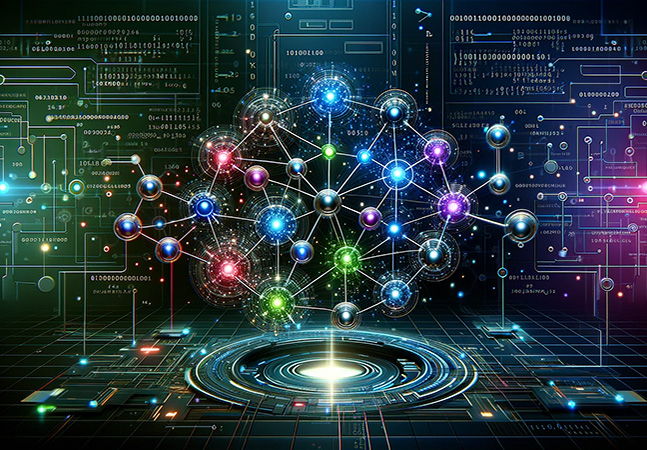
Dr. James McCaffrey from Microsoft Research presents a complete end-to-end demonstration of the linear support vector regression (linear SVR) technique, where the goal is to predict a single numeric value. A linear SVR model uses an unusual error/loss function and cannot be trained using standard simple techniques, and so evolutionary optimization training is used.
- By James McCaffrey
- 04/01/2025

Dr. James McCaffrey from Microsoft Research presents a complete end-to-end demonstration of neural network quantile regression. The goal of a quantile regression problem is to predict a single numeric value with an assurance such as, "The predicted y value is 0.6789 and there's roughly a 90% chance the prediction will be greater than or equal to the true y value."
- By James McCaffrey
- 03/17/2025

Dr. James McCaffrey from Microsoft Research presents a complete end-to-end demo of Poisson regression, where the goal is to predict a count of things arriving, such as the number of telephone calls received in a 10-minute interval at a call center. When your source data is close to mathematically Poisson distributed, Poisson regression is simple and effective.
- By James McCaffrey
- 03/03/2025
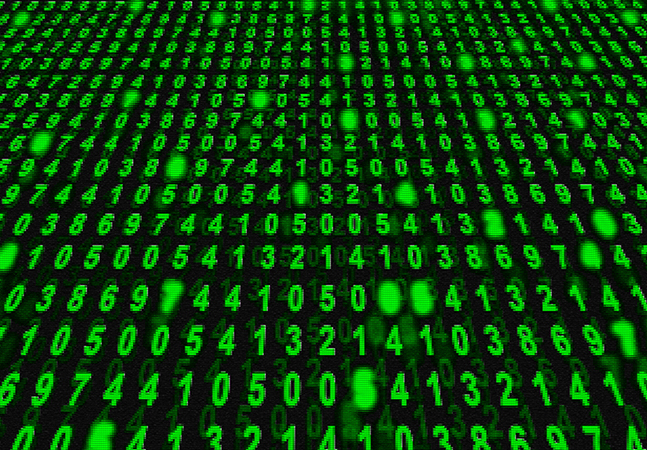
Dr. James McCaffrey from Microsoft Research presents a complete end-to-end demonstration of the naive Bayes regression technique, where the goal is to predict a single numeric value. Compared to other machine learning regression techniques, naive Bayes regression is usually less accurate, but is simple, easy to implement and customize, works on both large and small datasets, is highly interpretable, and doesn't require tuning any hyperparameters.
- By James McCaffrey
- 02/20/2025

Dr. James McCaffrey from Microsoft Research presents a complete end-to-end demonstration of the random neighborhoods regression technique, where the goal is to predict a single numeric value. Compared to other ML regression techniques, advantages are that it can handle both large and small datasets, and the results are highly interpretable.
- By James McCaffrey
- 02/03/2025

Dr. James McCaffrey from Microsoft Research presents a complete end-to-end demonstration of the gradient boosting regression technique, where the goal is to predict a single numeric value. Compared to existing library implementations of gradient boosting regression, a from-scratch implementation allows much easier customization and integration with other .NET systems.
- By James McCaffrey
- 01/15/2025

Dr. James McCaffrey from Microsoft Research presents a complete end-to-end demonstration of the random forest regression technique (and a variant called bagging regression), where the goal is to predict a single numeric value. The demo program uses C#, but it can be easily refactored to other C-family languages.
- By James McCaffrey
- 01/02/2025

Dr. James McCaffrey from Microsoft Research presents a complete end-to-end demonstration of the AdaBoost.R2 algorithm for regression problems (where the goal is to predict a single numeric value). The implementation follows the original source research paper closely, so you can use it as a guide for customization for specific scenarios.
- By James McCaffrey
- 12/16/2024

Dr. James McCaffrey from Microsoft Research presents a complete end-to-end demonstration of decision tree regression using the C# language. Unlike most implementations, this one does not use recursion or pointers, which makes the code easy to understand and modify.
- By James McCaffrey
- 12/02/2024

Dr. James McCaffrey from Microsoft Research presents a complete end-to-end demonstration of k-nearest neighbors regression to predict a single numeric value. Compared to other machine learning regression techniques, k-NN regression is often slightly less accurate, but is very simple to implement and customize, and the results are highly interpretable.
- By James McCaffrey
- 11/15/2024
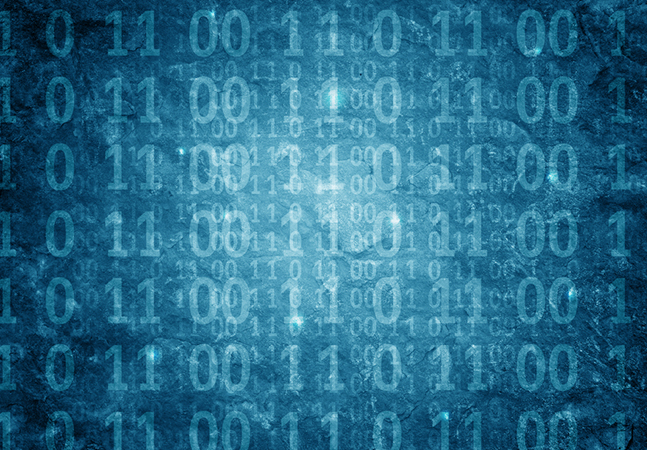
Dr. James McCaffrey from Microsoft Research presents a complete end-to-end demonstration of data clustering and anomaly detection using the DBSCAN (Density Based Spatial Clustering of Applications with Noise) algorithm. Compared to other anomaly detection systems based on data clustering, DBSCAN can find significantly different types of anomalies.
- By James McCaffrey
- 11/06/2024
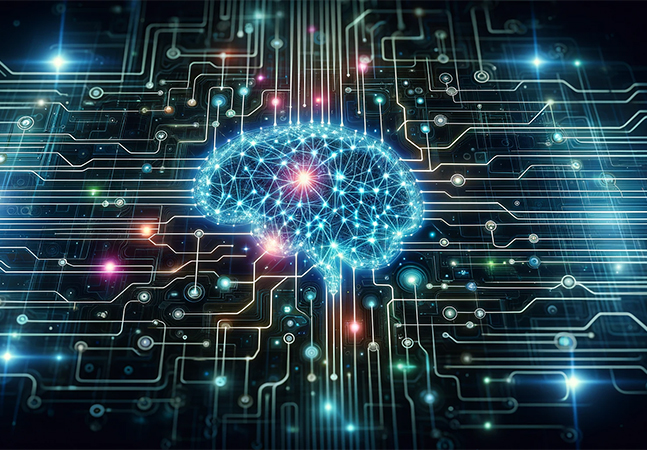
Dr. James McCaffrey from Microsoft Research presents a complete end-to-end demonstration of the Winnow classification technique. Winnow classification is used for a very specific scenario where the target variable to predict is binary and all the predictor variables are also binary.
- By James McCaffrey
- 10/15/2024

Dr. James McCaffrey of Microsoft Research presents a full demo of k-nearest neighbors classification on mixed numeric and categorical data. Compared to other classification techniques, k-NN is easy to implement, supports numeric and categorical predictor variables, and is highly interpretable.
- By James McCaffrey
- 10/01/2024
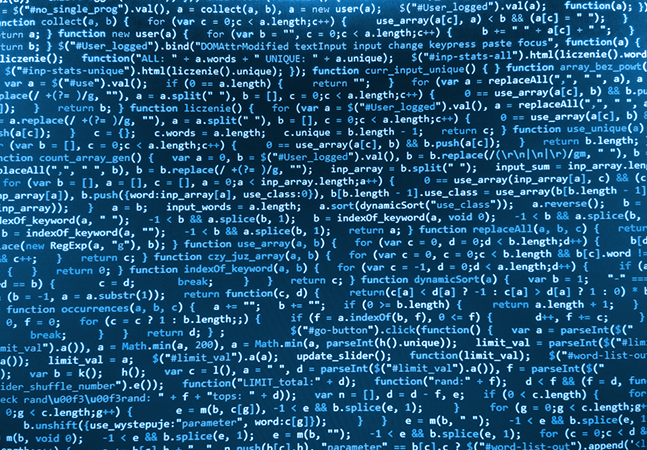
Dr. James McCaffrey from Microsoft Research presents a complete end-to-end program that explains how to perform binary classification (predicting a variable with two possible discrete values) using logistic regression, where the prediction model is trained using batch stochastic gradient descent with weight decay.
- By James McCaffrey
- 09/16/2024
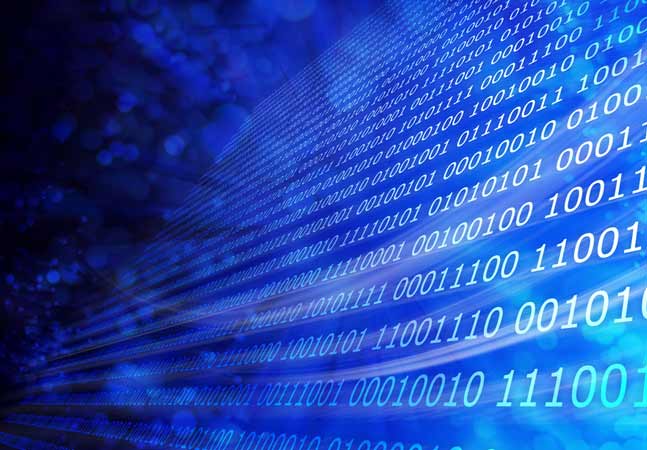
Dr. James McCaffrey from Microsoft Research presents a C# program that illustrates using the AdaBoost algorithm to perform binary classification for spam detection. Compared to other classification algorithms, AdaBoost is powerful and works well with small datasets, but is sometimes susceptible to model overfitting.
- By James McCaffrey
- 09/03/2024